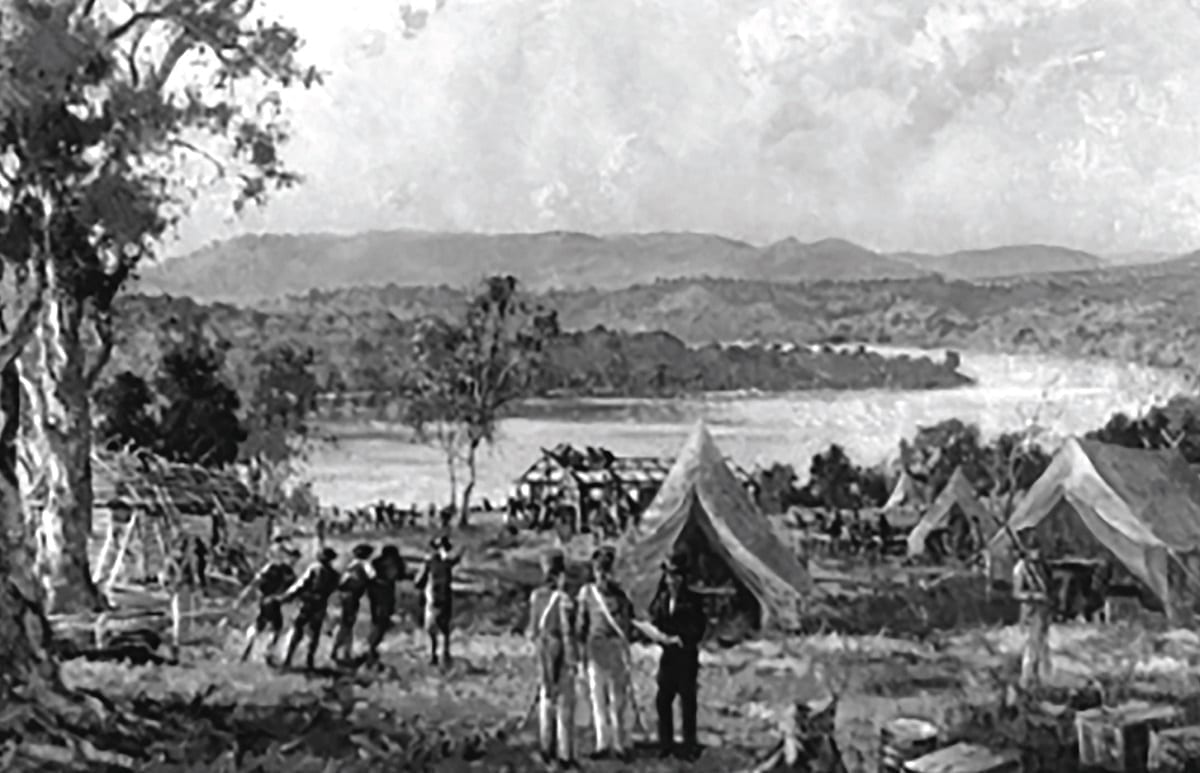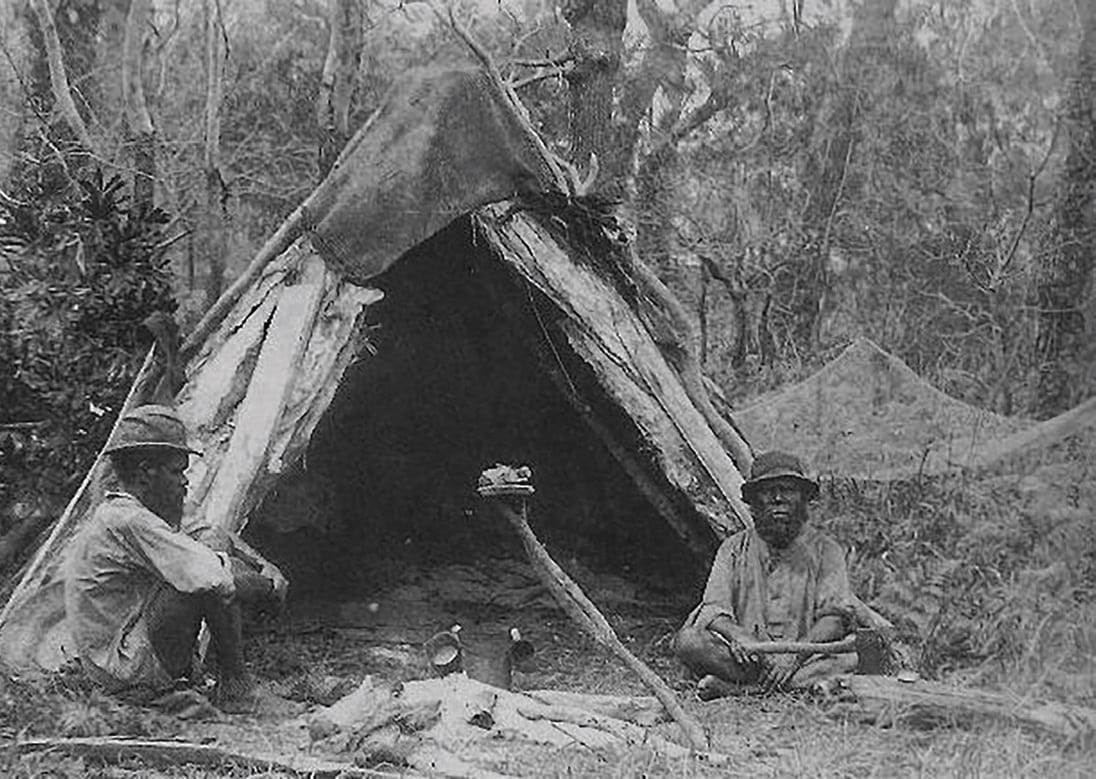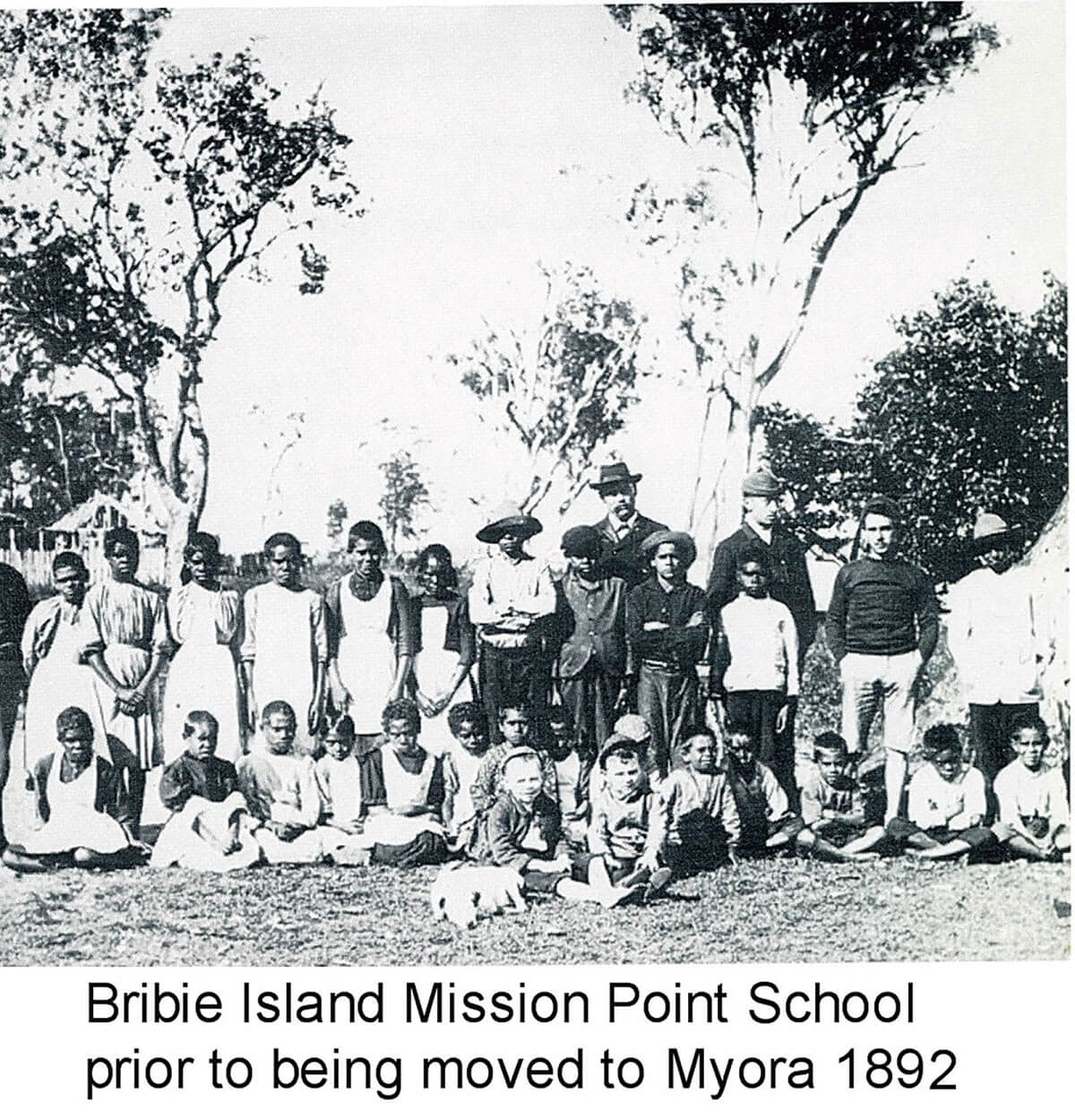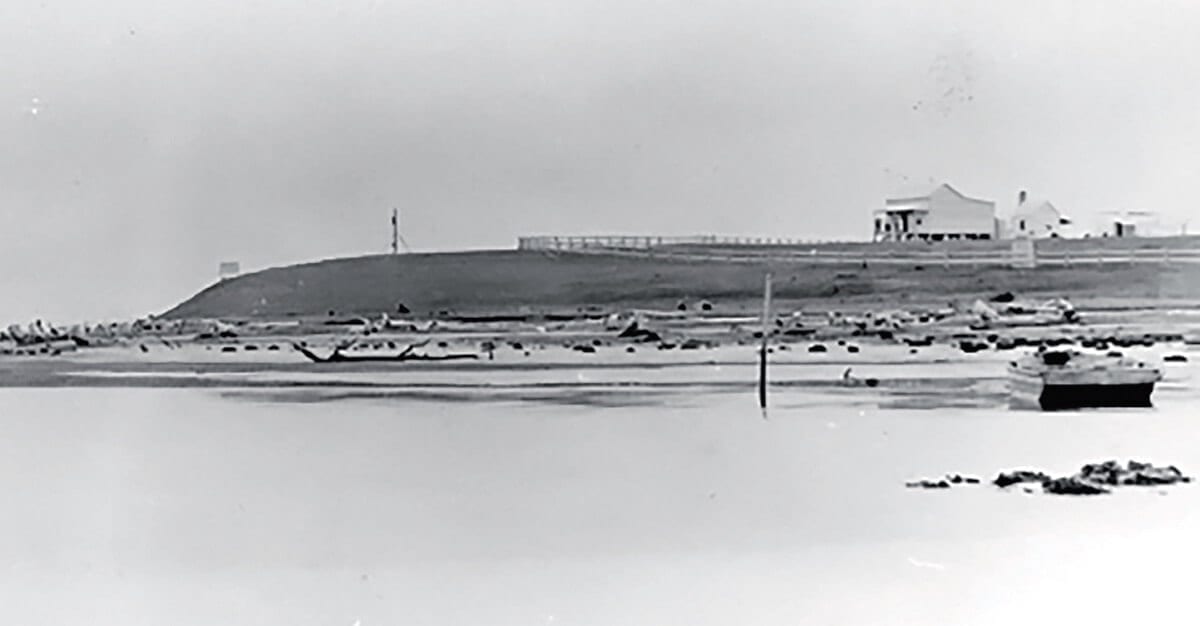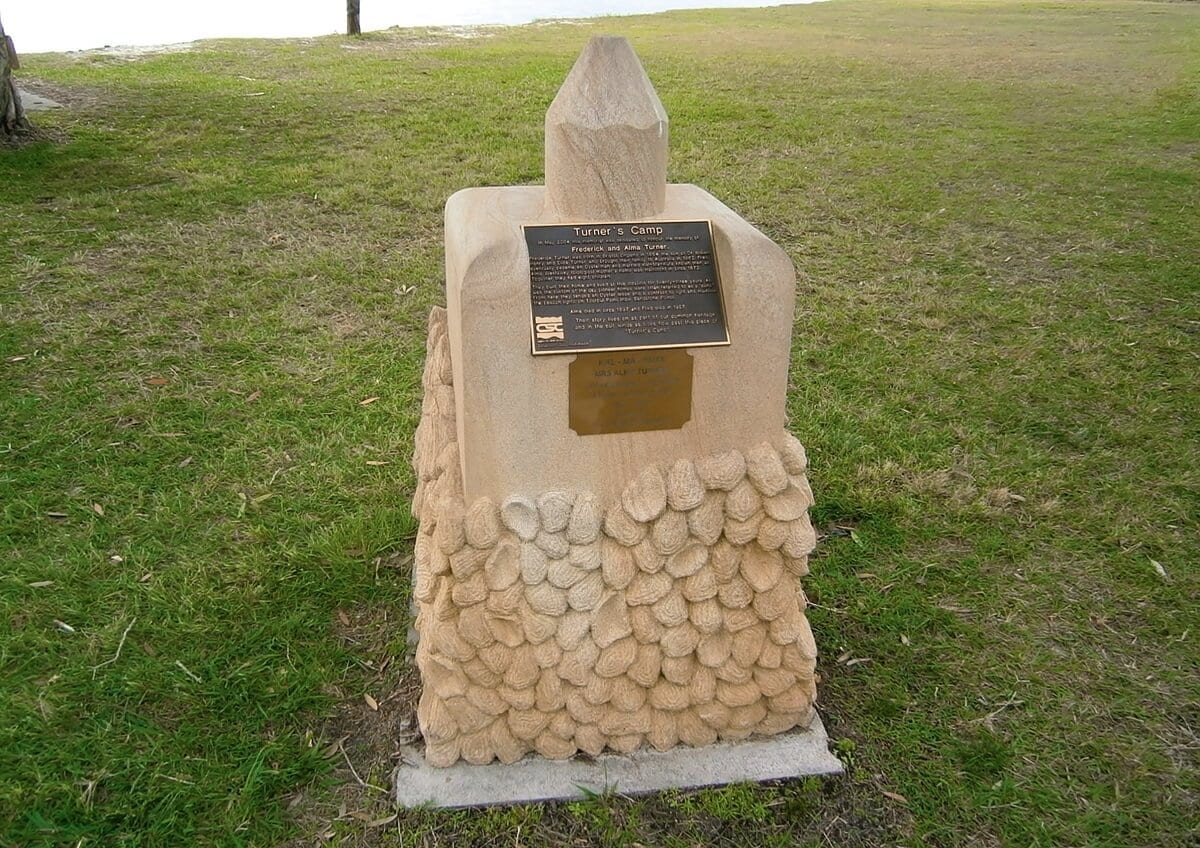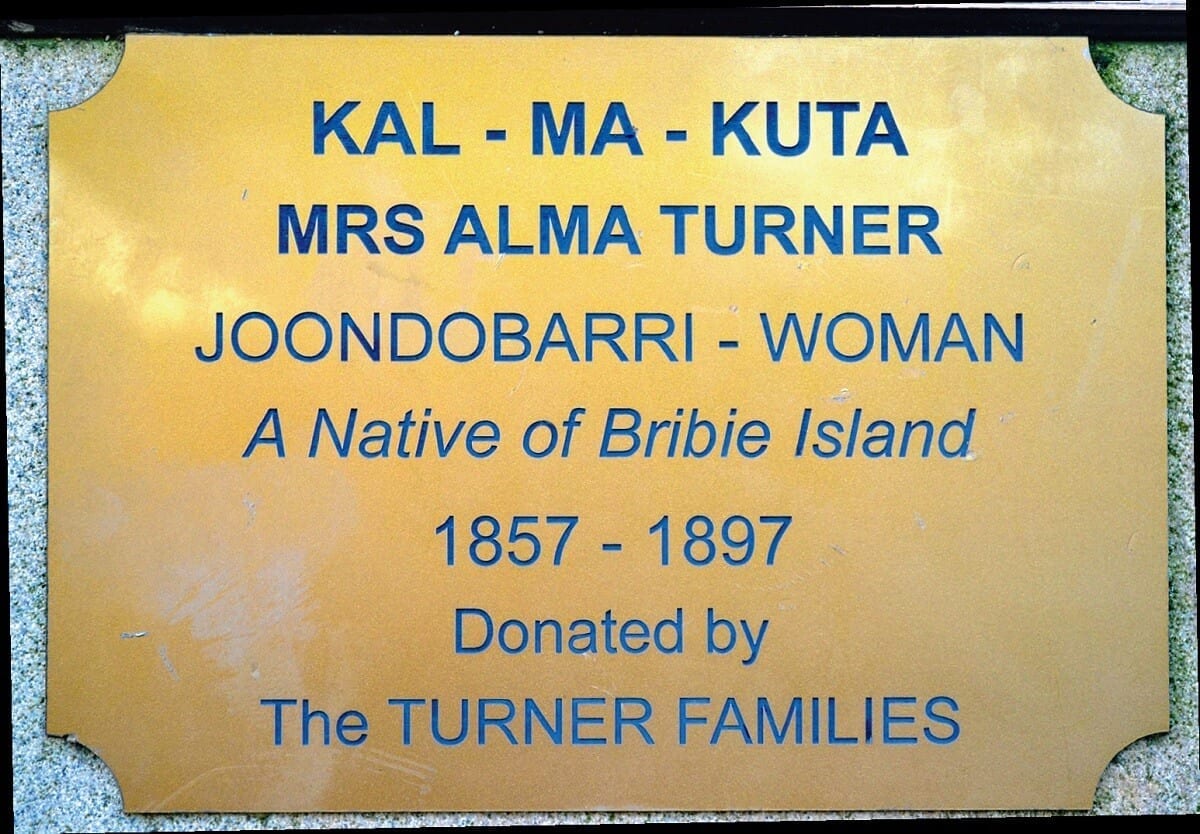Tags: History. Bribie Island. Moreton Bay. Brisbane. Queensland. Australia
Everything changes over time.
The First white settlers
So, it was even when the very first white people came to Moreton Bay. The Moreton Bay Penal settlement was established at Redcliffe in 1824 before moving up the Brisbane river and becoming the free settlement before eventually a new Colony of Queensland was separated from NSW in 1859. Convicts were often the first people to be sent and imprisoned in remote parts of Australia, but from these humble beginnings free settlers went on to occupy and develop all corners of the land. There was little regard or respect for convicts or the indigenous people in those days.
Aboriginal Camp. 24 Jan 1894
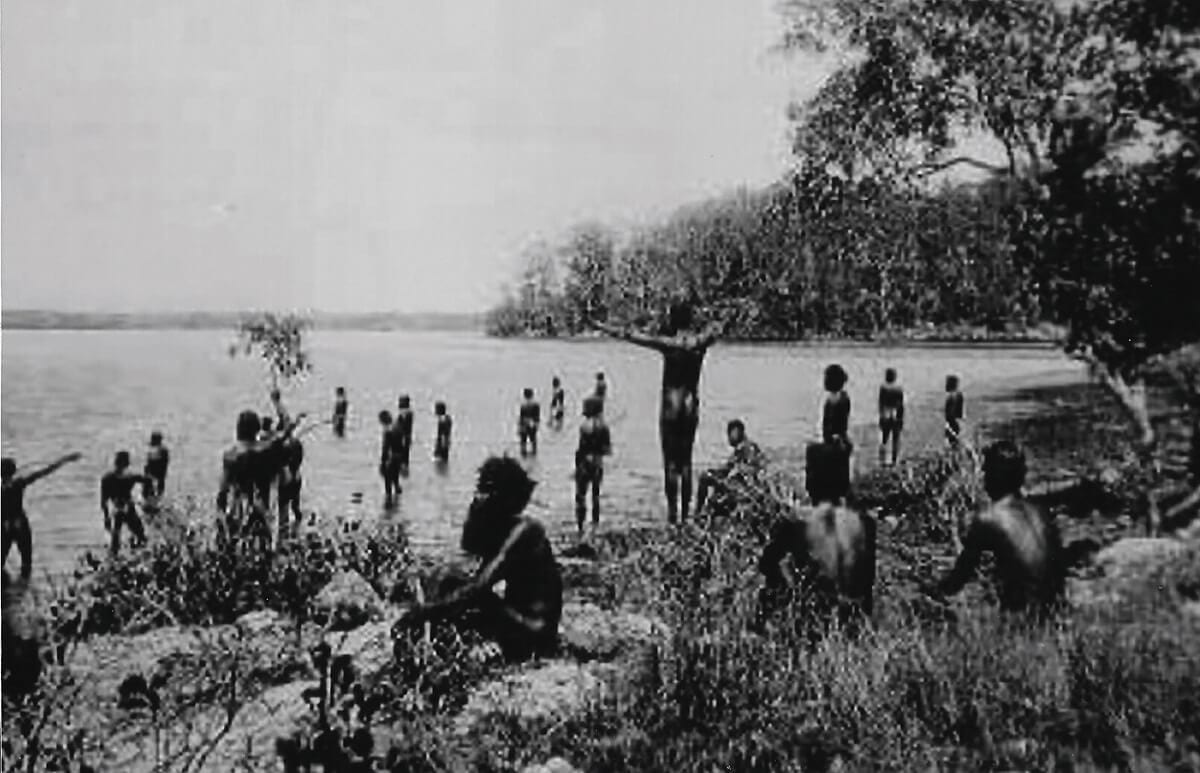 How things have changed
How things have changed
Today many people research their past and are pleased to find they have a Convict as an ancestor. To some extent, this also applies to those with Aboriginal blood, who for many years would have tried to conceal it. Aboriginal people have lived in this vast continent for many thousands of years, living by their laws, traditions and understanding of nature. Less than 100 years after the first white settlers came to Moreton Bay, the extensive aboriginal population of the area had been virtually wiped out.
By 1877, with just a few indigenous people left in this area, the first Aboriginal Reserve in Queensland was established at White Patch on Bribie Island. No evidence remains today of the 40 men, women and children who were placed there under the supervision of Tom Petrie. This group of disparate people didn’t succeed, the Reserve was soon closed, and the remaining people dispersed.
A Mission School was opened up the Passage in 1891 at what is called “Mission Point”, to providing basic schooling for aboriginal children. This also only lasted for a short time before it too, was closed and the children relocated to Stradbroke Island. Aboriginal children were simply taken away from their parents in those days as the authorities considered it to be for their own good.
Aboriginal Protection
There was little regard for the few remaining aboriginal people, and even less for the half-caste children of mixed marriages who were increasing in numbers as settlement expanded. The official Government “Protector of Aboriginals “ visited Bribie Island in 1891 and reported that there were just a few and specifically mentioned a remarkable lady known as Kal-Ma-Kuta. Kal-Ma-Kuta died around 1897 and was the last of the Joonboburrie people of Bribie Island. She had lived a challenging life and had contributed much to the area… This is her story…
Toorbul Point Navigation Light, 1900
The last Joonboburrie
Kal-Ma-Kuta had been brought up by white settlers and met a young white man named Fred Turner who had come out with his parents from England in 1862 and settled at Ningi. Fred Turner and Kal-Ma-Kuta fell in love, married, and settled at Toorbul Point, near where Spinnaker Sound Marina is today. They set up their home, known as “Turners Camp”, on a small island at the mouth of the creek, and Kal-Ma-Kuta came to be known as Alma Turner. They had 8 children during their 23 years living at Turners Camp.
They managed “Oyster Leases” and maintaining a Navigation Light on the Point, where the Sandstone Point Hotel stands today. Each evening Fred or Alma would walk around the beach to the navigational light, with a bottle of Kerosene balanced on their head, and light the navigation beacon. The next morning one would walk back and put it out. They did this essential service daily for over 20 years providing safe navigation for the many ships travelling up and down Pumicestone Passage to the sawmills at Campbellville.
Before the great rains and silting floods of 1893 Pumicestone Passage was a much deeper and busy waterway. “Turners Camp” site was originally on a small island which later became part of the mainland when the Military built the road from Caboolture to Toorbul Point during World War 2. Alma “Kal-Ma-Kuta” Turner died in 1897 and was buried near their home with a traditional Fig tree marking the site. This historic site also became the resting place for three other descendants, including the ashes of her daughter Florence who died in 1961.
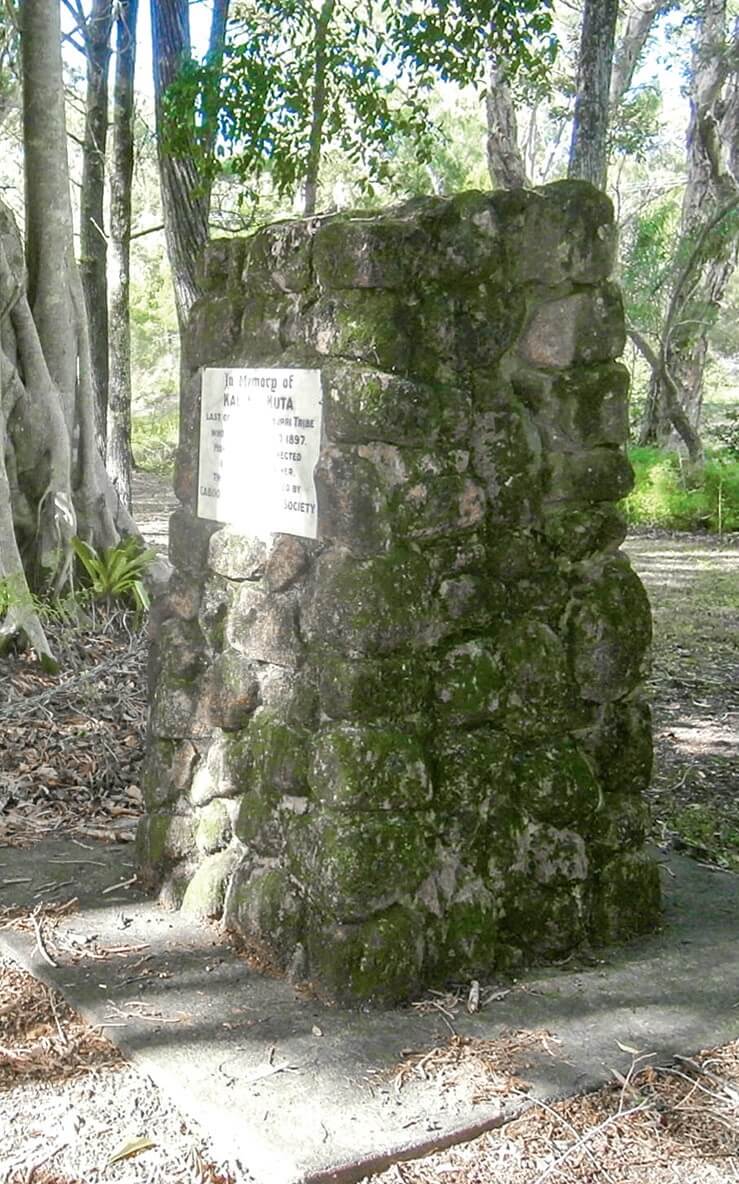
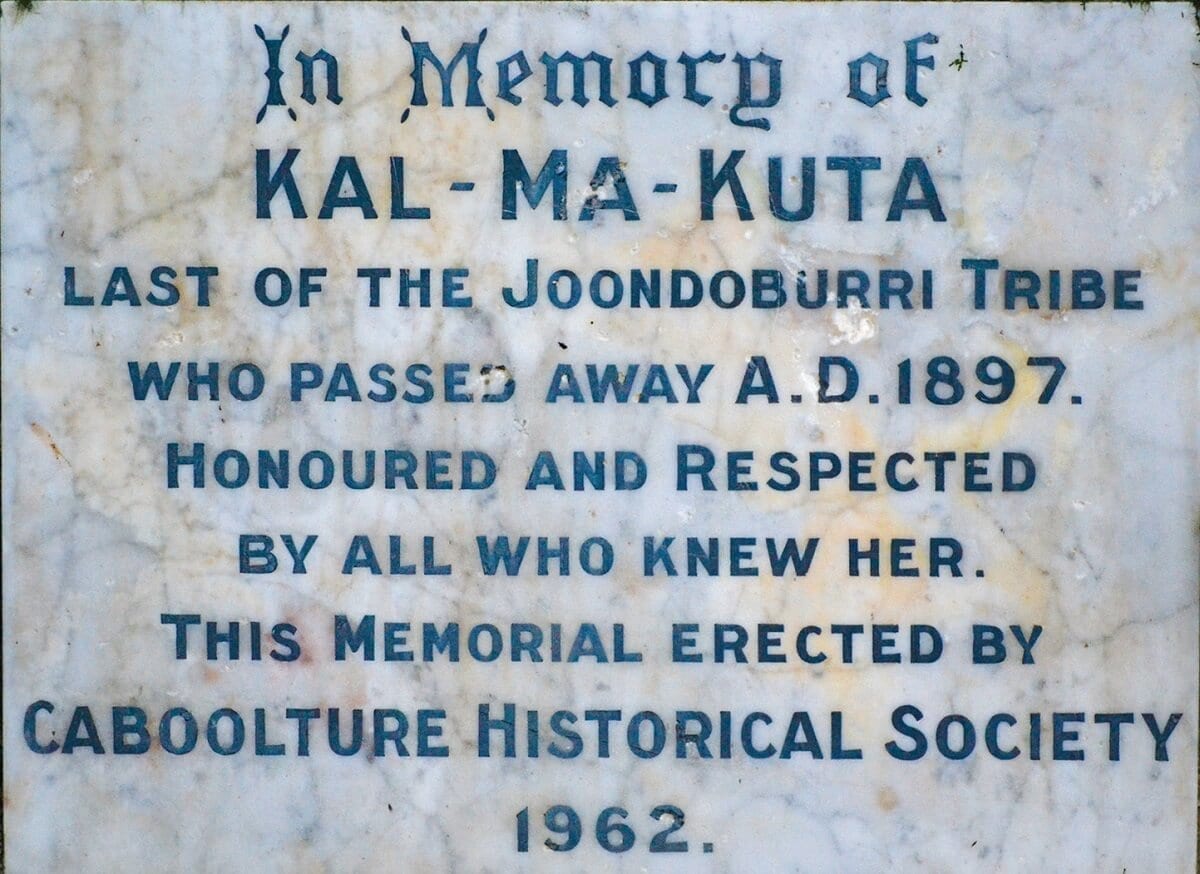
KalmaKuta Grave and Plaque
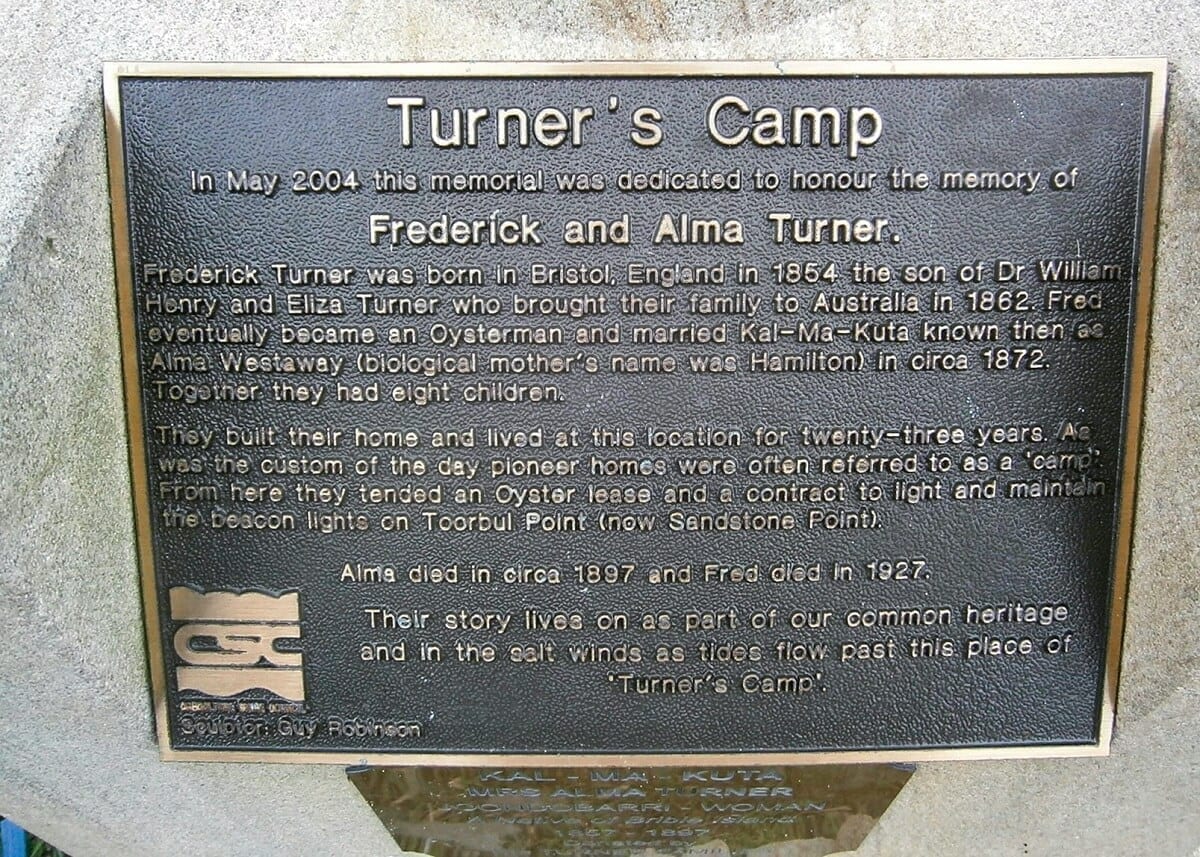
Turners Camp Plaque
Florence attended the Mission Point School and was transferred to Stradbroke Island when it closed in 1891. In 1894 Fred and Alma asked the Government authorities if their children, who had been taken away from them to go to school on Stradbroke Island, would be allowed to come home to spend Christmas with the rest of the family. The request was refused and the children did not spend Christmas with their parents. Alma died just three years later in 1897.
Kal-Ma-Kuta Memorial
It was 65 years later in 1962 before Kal-Ma-Kuta was recognised for her remarkable life with Fred and her contribution to the area. When the Bribie Island Bridge and approach roads were being constructed through Ningi, the Caboolture Historical Society asked for the road to be diverted around the memorial Fig tree, and a memorial to be erected on the site. Most of the land in that area was owned by the Clark family for the Oyster leases and had been a military training camp during the Second World War.
A memorial was erected in 1962 in the centre of the new divided road, before the opening of the new Bribie Island bridge. It remained virtually unnoticed for many years but is now more visible as the site is cleared and maintained. The stone cairn and memorial plaque can be seen in the median strip, just past Turners Camp road as you approach Bribie.
Turners Camp Cairn
Alma Turner Plaque July 2013
Turners Camp Memorial
If you turn left down Turners Camp road as you approach Bribie you can see another memorial stone and plaque near the water. In 2004 Kal-Ma-Kuta’s great-grandchildren asked the then Caboolture Shire Council to recognise the historic Turners Camp site. An appropriate stone carving was commissioned in the form of a Navigation Light encrusted with Oysters on which a plaque was placed. However, the Council wording on the plaque did not indicate that Alma Turner was, in fact, an aboriginal, or indeed the last of the Joondoburrie people of Bribie Island. It seems that even 15 years ago there were problems recognising our history. An additional plaque was added by the Turner family a couple of years later to correct that omission. Let’s hope that these memorials to the last Joondoburrie woman of Bribie Island, her long marriage to Fred, and the treatment of their children by the authorities, are not completely forgotten by those who follow us.
More BRIBIE History
The Historical Society has monthly public meetings at the RSL Club on the second Wednesday of each month commencing at 6:30 pm with interesting guest speakers on a wide range of topics, and you can see many more photos and articles on our Blog Site at http://bribieislandhistory.blogspot.com or contact us on [email protected]
Are you interested in knowing more about Bribie Island History
The Historical Society has compiled and published a great pocket-sized, well-illustrated book titled “Bribie Island- A Handy History” which is essential reading for Bribie residents and visitors. The book provides an overview of the major events, people and stages in Bribie’s commercial and social development over the last 250 years. It answers a lot of the general questions that people want to know about Bribie’s past. The cost of the book is $10 and is available at the Museum and other locations around Bribie, and through the Historical Society.
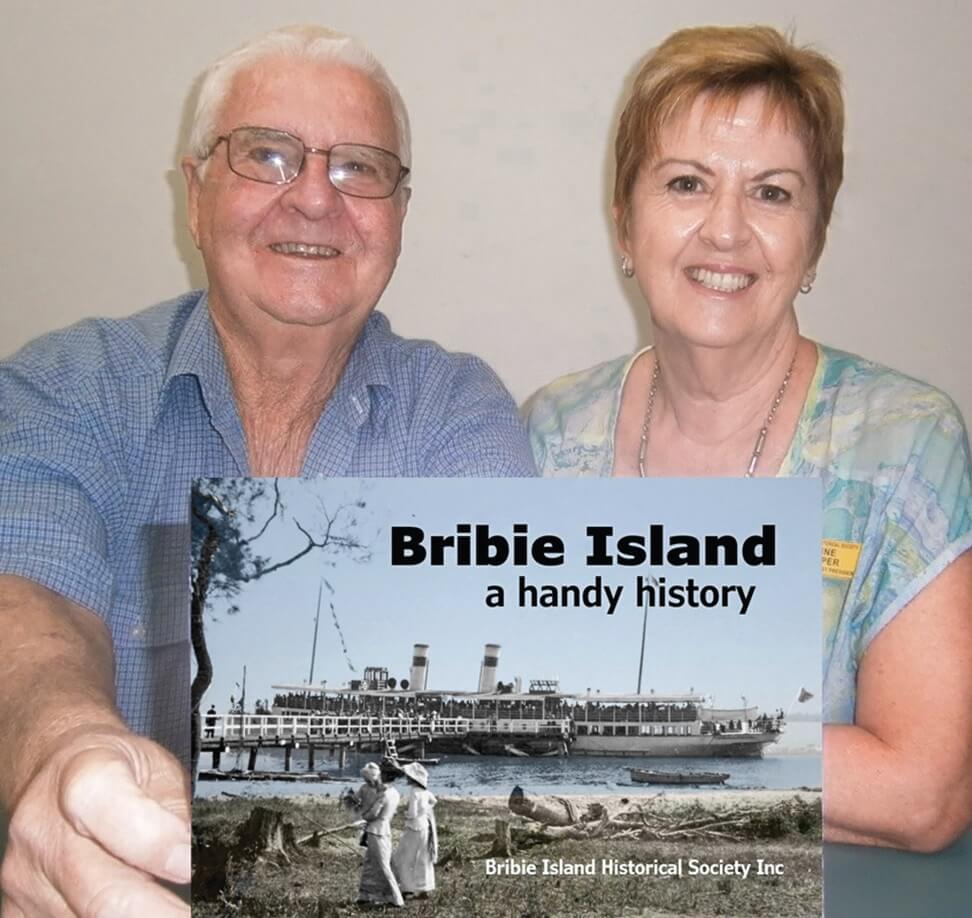
President Graham Mills & Secretary Author Lynne Hooper
Other Articles
https://thebribieislander.com.au/history-war-bribie-island/our-history/history-bribie-island/
